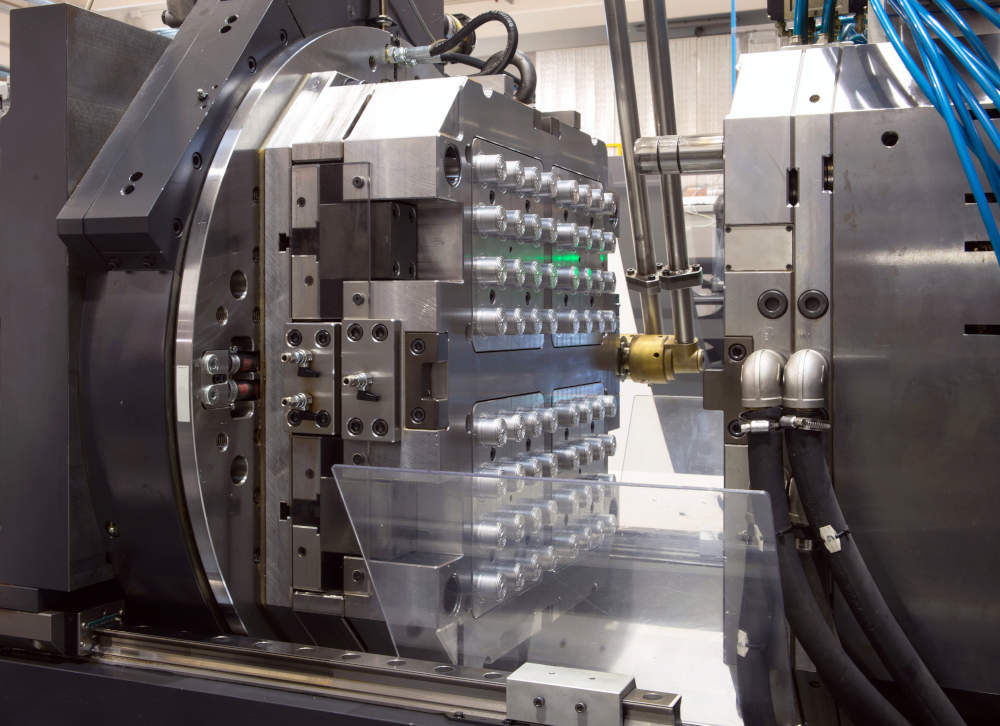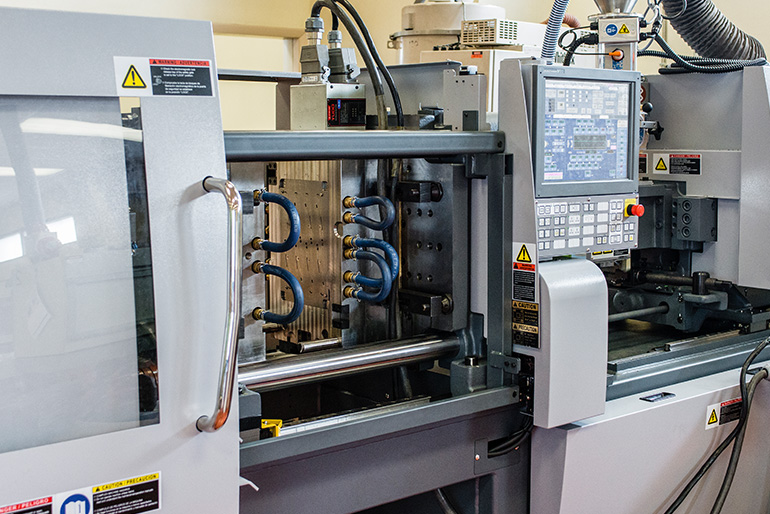Recognizing the Plastic Injection Molding Refine for High-Quality Production
Recognizing the Plastic Injection Molding Refine for High-Quality Production
Blog Article
Recognizing the Essentials of Plastic Shot Molding Procedures
Plastic shot molding acts as a foundation of modern manufacturing, providing a systematic approach to producing complex components with precision. This process not just encompasses the basic actions of melting and infusing products into mold and mildews but likewise includes a nuanced understanding of various influencing variables, such as temperature and pressure. As industries significantly require performance and top quality, the ins and outs of this method become much more important. Discovering these crucial aspects might expose how even minor modifications can result in substantial improvements in manufacturing outcomes, questioning regarding the potential for advancement in this established process.
What Is Plastic Shot Molding?
Plastic shot molding is a widely used production process that transforms thermosetting and thermoplastic materials into exact and complicated shapes. This technique is preferred for its capability to produce high volumes of identical parts with remarkable accuracy, making it a vital approach in numerous markets, consisting of auto, durable goods, and clinical devices.
The process involves melting the selected plastic product and injecting it into a mold under high pressure. The mold, developed to the specs of the desired part, permits the molten plastic to take form as it cools and strengthens. As soon as the product has actually solidified, the mold is opened, and the ended up element is ejected.
Plastic shot molding uses a number of benefits, including lowered waste, consistency in production, and the capability to integrate elaborate layouts that may be challenging with various other making approaches. Additionally, it sustains a wide variety of products, each supplying distinct buildings that can be customized for specific applications. As industries remain to introduce, plastic shot molding continues to be at the forefront, making it possible for the development of innovative items that fulfill developing customer demands.
The Injection Molding Process
The injection molding procedure is an innovative strategy that entails a number of vital phases to produce high-quality plastic parts. Plastic pellets are fed into a warmed barrel where they are melted into a viscous liquid. This molten plastic is then injected under high pressure right into a precision-engineered mold and mildew, which shapes the material into the wanted type.
As soon as the mold is loaded, the plastic is enabled to strengthen and cool, taking the form of the mold and mildew cavity. Air conditioning time is vital, as it impacts the cycle time and the final properties of the shaped component. After adequate cooling, the mold opens, and the completed part is ejected making use of ejector pins.

Materials Used in Injection Molding
Various products can be utilized in the shot molding process, each offering one-of-a-kind buildings that deal with details applications. The most frequently made use of materials include thermoplastics, thermosetting plastics, and elastomers.

Thermosetting plastics, like epoxy and phenolic materials, undergo a chemical adjustment during the healing process, leading to a stiff, stringent framework. These products are perfect for applications needing high heat resistance and structural integrity, commonly made use of in electrical insulators and vehicle components.
Elastomers, consisting of silicone and rubber-based materials, offer adaptability and resilience. Their special homes make them ideal for applications that demand elasticity, such as gaskets and seals.
Additionally, specialty materials like bio-based plastics and compounds are getting traction for their ecological advantages and improved performance characteristics, broadening the range of injection molding applications in numerous markets. Comprehending the properties of these materials is vital for picking the suitable type for certain projects.
Benefits of Injection Molding
Shot molding stands out as a highly effective manufacturing process that offers many benefits for generating complicated get rid of accuracy. Among the most considerable benefits is the capacity to create complex designs that would be difficult or difficult to accomplish with other methods (Plastic Injection Molding). The procedure enables limited resistances and comprehensive attributes, making certain high-quality parts
Additionally, injection molding is understood for its rapid manufacturing capabilities, making it an ideal choice for high-volume production. Once the mold and mildew like it is developed, parts can be generated rapidly, minimizing lead times and enhancing general efficiency. This effectiveness not just reduces manufacturing costs but additionally provides a competitive edge in the market.
The versatility of products utilized in injection molding even more enhances its appeal. A vast range of thermoplastics and thermosetting polymers can be used, permitting suppliers to pick materials that ideal fulfill their specific requirements, consisting of warmth, stamina, and adaptability resistance.
In addition, the process lessens waste, as excess material can typically be recycled and reused. This sustainability element adds to a minimized environmental influence, making shot molding an accountable production selection. Overall, the advantages of injection molding make it a recommended approach for lots of sectors.
Elements Influencing Item Top Quality
While many elements can affect item high quality in shot molding, understanding these elements is crucial for accomplishing optimum results. Secret aspects include material choice, refining specifications, and mold and mildew design.
Material selection plays an essential duty, as different polymers exhibit one-of-a-kind buildings that affect flowability, strength, and thermal security. Insufficient material choice can result in defects such as bending or incomplete dental filling.
Processing parameters, consisting of cycle, stress, and temperature level time, should be carefully controlled. Variations in these setups can lead to incongruities partly dimensions and surface area try these out finish. For example, exceedingly high temperature levels might create destruction of the polymer, while inadequate stress can result in brief shots.
Mold and mildew style is equally vital, as it establishes the circulation of the molten plastic and the cooling process. Poorly created molds might lead to irregular cooling prices, resulting in recurring stresses and dimensional errors.

Final Thought
Finally, plastic shot molding acts as a vital production process that makes it possible for the reliable manufacturing of top notch parts. Mastery of the injection molding procedure, consisting of the understanding of products and the impact of various variables on product high quality, find here is necessary for accomplishing optimum results. The benefits of this method, such as cost-effectiveness and style flexibility, further highlight its significance across numerous industries, strengthening its condition as a recommended selection for high-volume production.
Plastic injection molding offers as a cornerstone of contemporary production, giving a methodical method to creating intricate components with precision.Plastic injection molding provides several benefits, consisting of lowered waste, uniformity in manufacturing, and the ability to integrate intricate layouts that may be challenging with various other manufacturing methods (Plastic Injection Molding). As markets continue to introduce, plastic shot molding remains at the center, allowing the growth of advanced products that fulfill developing customer needs
The injection molding procedure is an advanced method that entails a number of essential phases to generate top notch plastic components.In final thought, plastic shot molding offers as an important manufacturing process that allows the reliable production of top quality parts.
Report this page